Think you’ve tasted the world with your usual takeout routine? Think again. Beyond the well-trodden paths of Italian, Mexican, and Thai lie vibrant cuisines bursting with flavors you’ve never imagined, quietly waiting for their moment in the spotlight. From the spiced stews of Ethiopia to the comforting richness of Uzbek plov, these hidden culinary treasures tell stories of heritage, resilience, and pure joy on a plate. It’s time to break free from the ordinary and let your taste buds explore the world’s best-kept secrets. Here are 12 hidden cuisines ready to transform your next meal.
1. Georgian: Where Cheese-Filled Bread Dreams Come True
Tucked between Europe and Asia, Georgian cuisine might be the world’s best-kept culinary secret. The star attraction? Khachapuri – a boat-shaped bread filled with melted cheese and topped with an egg yolk that you stir in while hot.
Flavor combinations here are distinctive and unforgettable. Walnut-based sauces add richness to vegetables, while herbs like tarragon and cilantro bring freshness to meat dishes.
Don’t miss khinkali, juicy dumplings you eat by holding the doughy top, biting into the spiced meat filling, and slurping the savory broth inside. Wine lovers rejoice – Georgia claims 8,000 years of winemaking history!
2. Uzbek: The Hearty Soul of Central Asia’s Food
Central Asia’s culinary jewel sparkles with dishes that sustained ancient Silk Road travelers. Plov, the national dish, combines fragrant rice with tender lamb, carrots, and a blend of spices that varies by region – some versions even include quince or chickpeas.
Morning markets fill with the aroma of fresh non bread baking in tandoor ovens. Tear into this pillowy flatbread alongside a steaming bowl of shurpa (lamb soup) for breakfast like a local.
Hand-pulled lagman noodles showcase Chinese influence, while samsa – flaky pastries stuffed with spiced meat – reveal connections to Indian samosas and Middle Eastern sambusak.
3. Filipino: Pacific Island Magic with Global Influences
Filipino food tells the story of centuries of cultural exchange through irresistible flavor combinations. Sweet, sour, and savory notes dance together in classics like adobo – meat marinated in vinegar, soy sauce, and garlic until fork-tender and deeply flavored.
Breakfast here is an adventure with silogs – garlic fried rice paired with a sunny-side-up egg and your choice of sweet pork (tocino), beef tapa, or longanisa sausage.
For the brave, balut (partially developed duck egg) awaits, while newcomers might prefer halo-halo, a colorful dessert of shaved ice, sweetened beans, jellies, and purple yam ice cream. Every Filipino grandma’s version of pancit noodles holds family secrets!
4. Ethiopian: Communal Feasting with Spice-Laden Stews
Ethiopian cuisine transforms humble ingredients into extraordinary flavors through masterful spice blending. Meals center around injera – a spongy sourdough flatbread with a distinctive tangy taste – used both as plate and utensil for scooping up vibrant stews.
Berbere, a fiery spice blend featuring chili peppers, fenugreek, and up to 20 other ingredients, infuses many dishes with complex heat. Vegetarians celebrate Ethiopia’s fasting tradition that created protein-packed dishes like misir wat (spiced red lentils) and shiro (seasoned chickpea flour stew).
Coffee ceremony, Ethiopia’s ritual of roasting, grinding, and brewing beans tableside, reminds us this is coffee’s birthplace.
5. Peruvian: Ancient Ingredients Meet Modern Techniques
Peru’s culinary renaissance has transformed ancient Andean ingredients through global techniques. Ceviche exemplifies this fusion – fresh raw fish “cooked” in lime juice, spiced with aji peppers, and served with sweet potato and giant corn kernels for contrasting textures and temperatures.
Chinese immigrants influenced lomo saltado, a sizzling stir-fry where beef, tomatoes, and onions meet soy sauce and potatoes. Meanwhile, Japanese Peruvians created Nikkei cuisine, featuring tiradito – sashimi-like sliced fish in spicy sauce.
The country’s biodiversity yields over 4,000 potato varieties and rare ingredients like purple corn used in the refreshing chicha morada drink.
6. Cambodian: Subtle Complexity Beyond Thailand’s Shadow
Cambodian cuisine whispers rather than shouts, focusing on delicate flavors and aromatic herbs. Fish amok represents Khmer cooking at its finest – river fish coated in kroeung (lemongrass-turmeric-galangal paste) and coconut cream, then steamed in banana leaves until custardy.
Breakfast in Phnom Penh means steaming bowls of kuy teav, a rice noodle soup with clear pork broth, bean sprouts, and green onions.
Look for roadside vendors selling nom banh chok – fresh rice noodles topped with fish-based green curry and raw vegetables that create a symphony of textures. The secret ingredient in many dishes? Prahok, a pungent fermented fish paste that adds umami depth.
7. Senegalese: West Africa’s Flavor Powerhouse
Senegalese cooking combines French colonial influence with indigenous West African traditions to create soul-satisfying comfort food. Thieboudienne, the national dish, features fish marinated in herbs and chilies, then cooked with broken rice, tomatoes, and vegetables until the grains absorb all the savory flavors.
Yassa chicken transforms simple ingredients – onions, lemon, mustard, and chicken – into something magical through slow caramelization. Street food culture thrives with fataya (fried fish pastries) and dibi (grilled meat with spicy onion relish).
Meals typically end with attaya, a ritual of brewing three rounds of mint tea, each progressively sweeter than the last.
8. Mauritanian: Desert Hospitality in Every Bite
Mauritanian cuisine reflects nomadic traditions adapted to harsh desert conditions. Meals center around communal eating from a single large platter, often featuring mechoui – whole lamb slow-roasted underground with aromatic spices until meltingly tender.
Sweet mint tea flows freely as a sign of hospitality, sometimes poured dramatically from great heights to create a frothy top. Fish thieboudienne differs from its Senegalese cousin with the addition of dried desert herbs and more pronounced tomato flavor.
Don’t miss zrig, a refreshing drink of diluted yogurt with mint and sugar that sustained desert travelers for centuries. Traditional etiquette dictates eating with just three fingers of your right hand.
9. Gorontalese: Indonesia’s Secret Coastal Treasure
From Sulawesi’s northern peninsula comes Gorontalese cuisine, a seafood lover’s paradise unknown even to many Indonesians. Binte biluhuta, the signature dish, combines grilled corn and shredded coconut with lime-marinated shrimp in a light, refreshing soup perfect for tropical weather.
Yellow rice gets its golden hue from turmeric and coconut milk, accompanied by ilabulo – spiced fish wrapped in banana leaves and grilled over open flames. The region’s specialty sambal is dabu-dabu – a fresh, chunky relish of tomatoes, chilies, and lime juice that brightens every bite.
Look for milu siram, corn kernels simmered in coconut milk with smoked fish flakes, a beloved comfort food.
10. Baltic: Northern Europe’s Hearty Forest-to-Sea Cuisine
Estonia, Latvia, and Lithuania share culinary traditions born from long winters and bountiful summers. Dense, dark rye bread forms the foundation of Baltic cuisine – so important that traditional blessing ceremonies welcome newlyweds with salt and bread, not cake.
Smoked fish appears at almost every meal, from breakfast herring to celebratory salmon. Foraged ingredients shine in dishes like cold pink soup (šaltibarščiai) – a summer specialty featuring beets, kefir, and fresh dill.
Winter calls for hearty fare like cepelinai, potato dumplings stuffed with meat that resemble zeppelins in shape. The region’s amber honey and caraway-infused spirits like Riga Black Balsam round out traditional meals.
11. Burkinabé: Sahel Simplicity with Bold Flavors
Burkina Faso’s cuisine celebrates resourcefulness, transforming limited ingredients into nourishing meals. Tô, a thick porridge made from millet or sorghum flour, serves as the staple starch, eaten by forming a small depression with your fingers to scoop up flavorful sauces.
Peanut-based maan nèere sauce combines ground peanuts with tomatoes, onions, and chili for a rich accompaniment to grilled meat or fish. During celebrations, riz gras (“fat rice”) appears – rice cooked with tomatoes, vegetables, and meat until absorbing all the savory juices.
Street vendors offer brochettes (skewered meat) with alloco (fried plantains) and dègué, a refreshing yogurt and millet pudding.
12. Shippoku: Japan’s Multicultural Fusion Feast
Nagasaki’s Shippoku cuisine represents Japan’s first fusion food, blending Chinese, Dutch, Portuguese and traditional Japanese elements from the 16th century. Meals feature multiple small dishes arranged on lacquered trays, designed for communal eating rather than individual portions – a Chinese influence rarely seen elsewhere in Japan.
Signature dishes include champon (seafood noodle soup), kakuni (pork belly braised in sweet soy sauce), and karasumi (salted mullet roe) – the latter reflecting Mediterranean influence.
Portuguese traders introduced tempura techniques and castella cake, which remain Nagasaki specialties. Traditional Shippoku banquets follow strict serving orders reflecting Confucian principles of harmony.

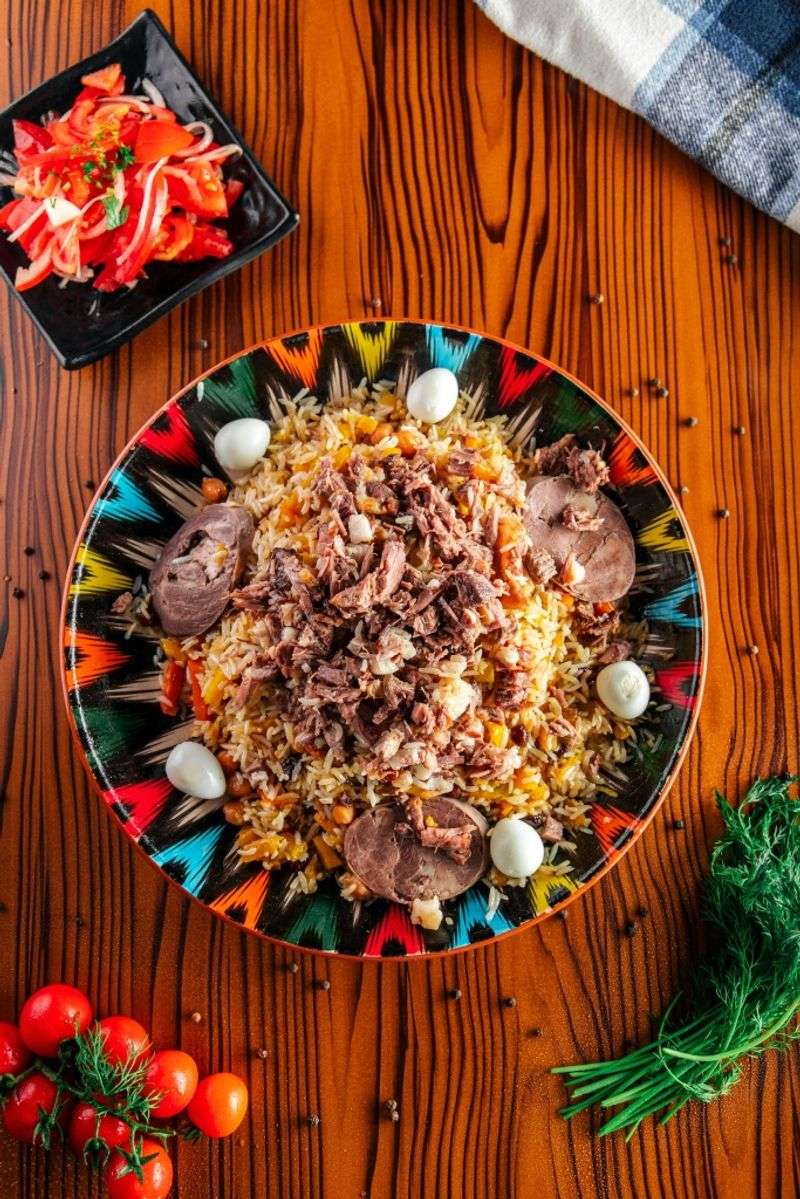
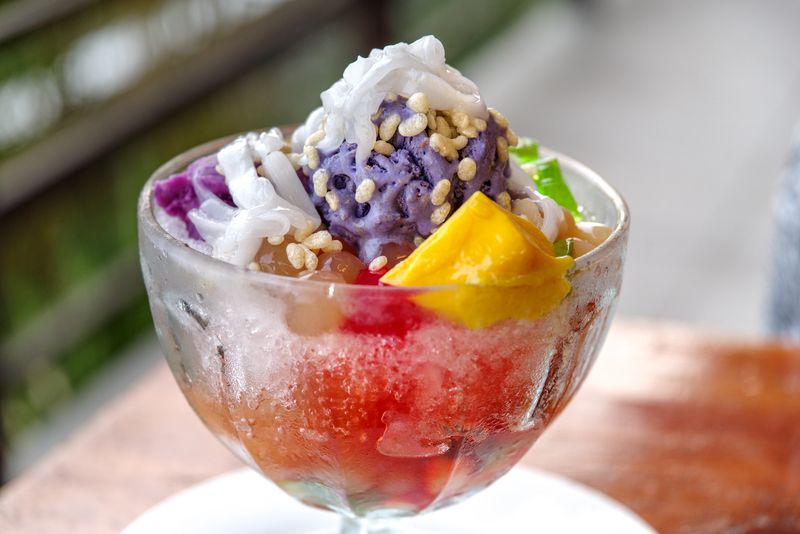
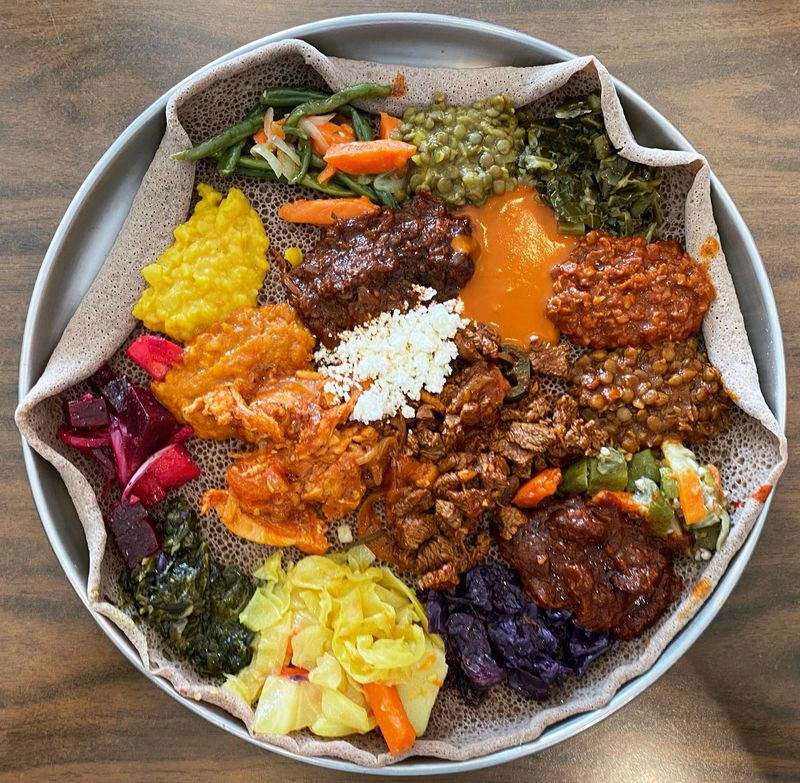
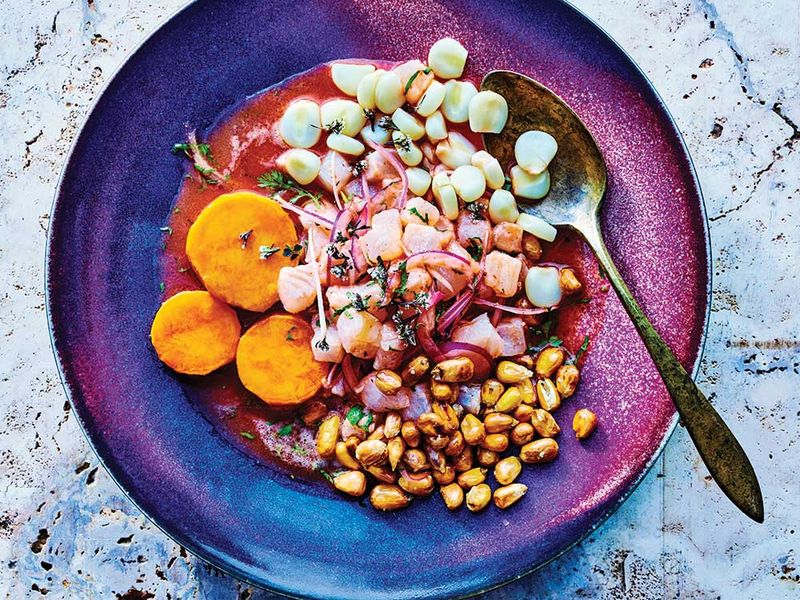
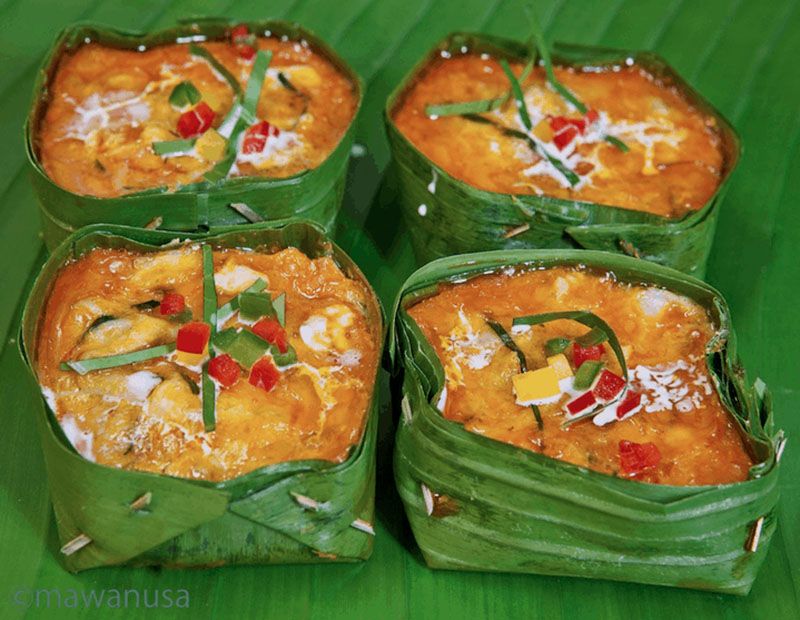
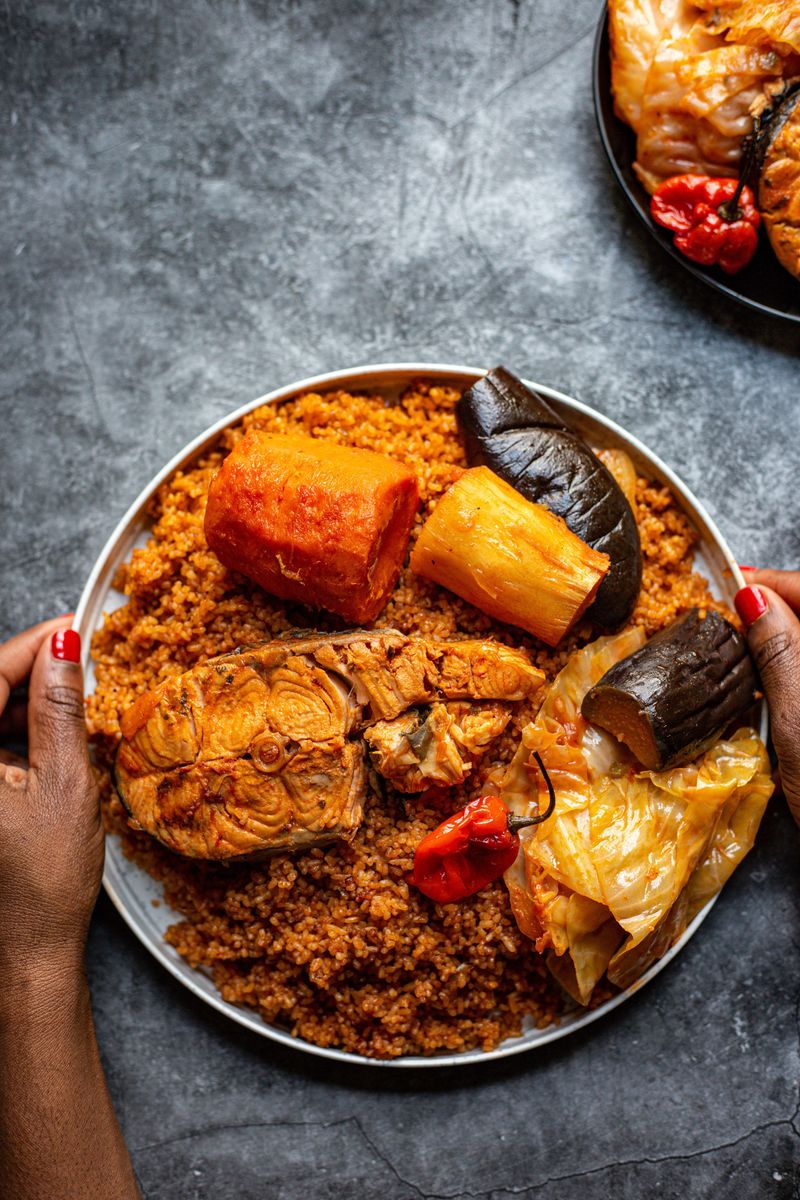
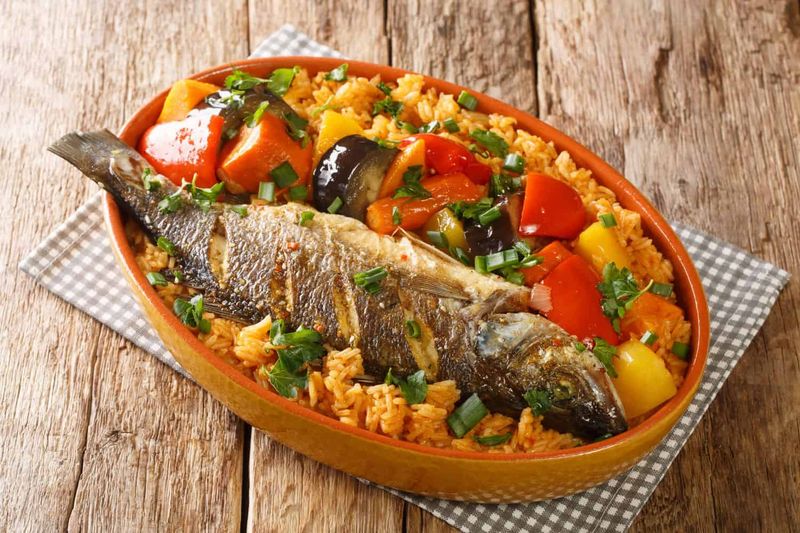
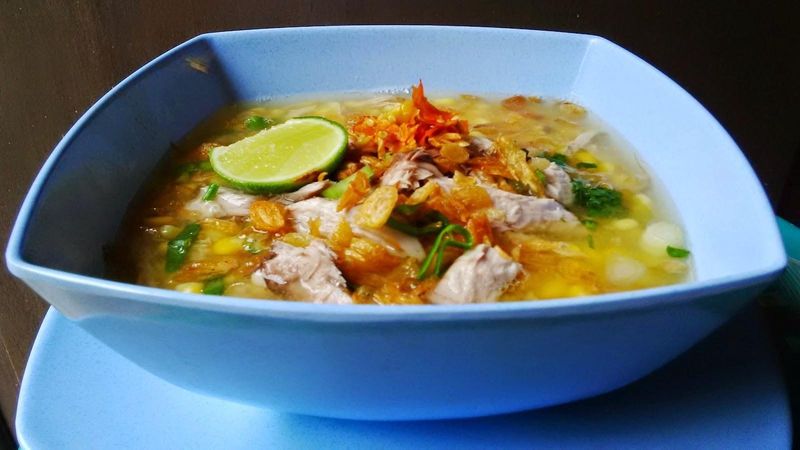
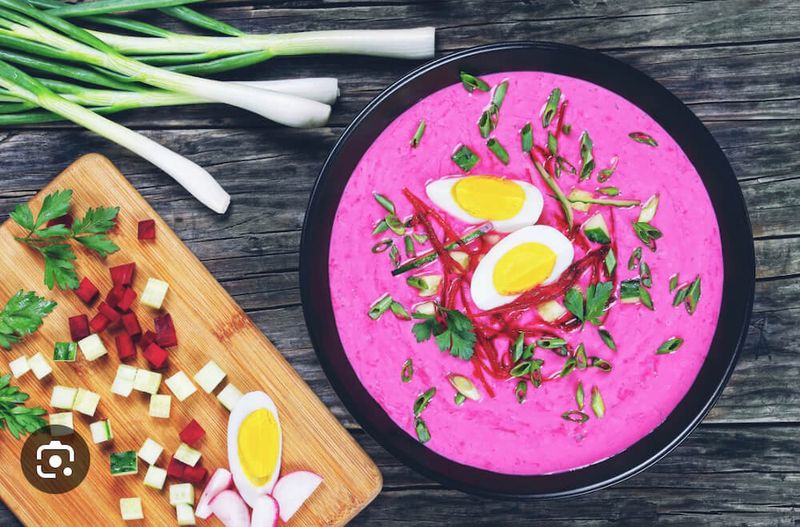
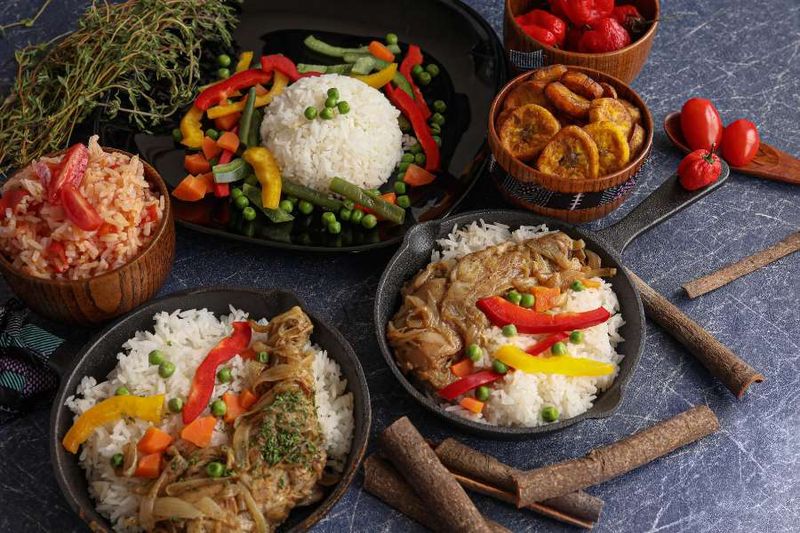
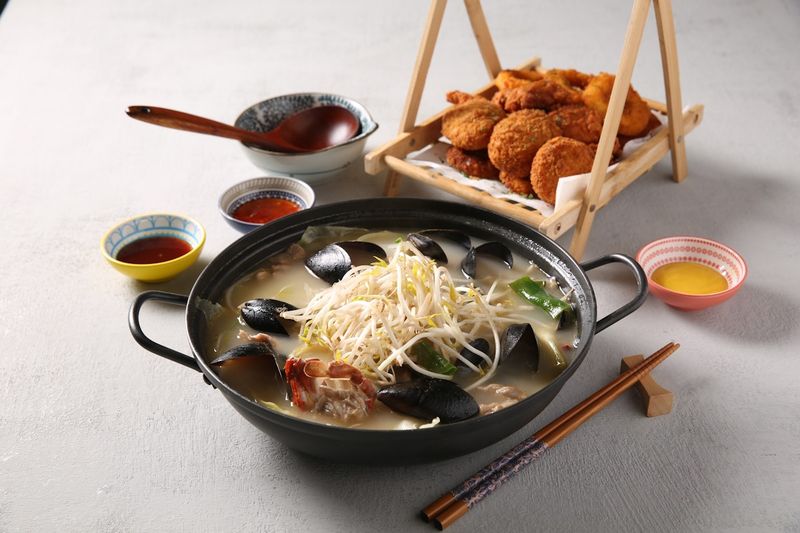
Leave a comment